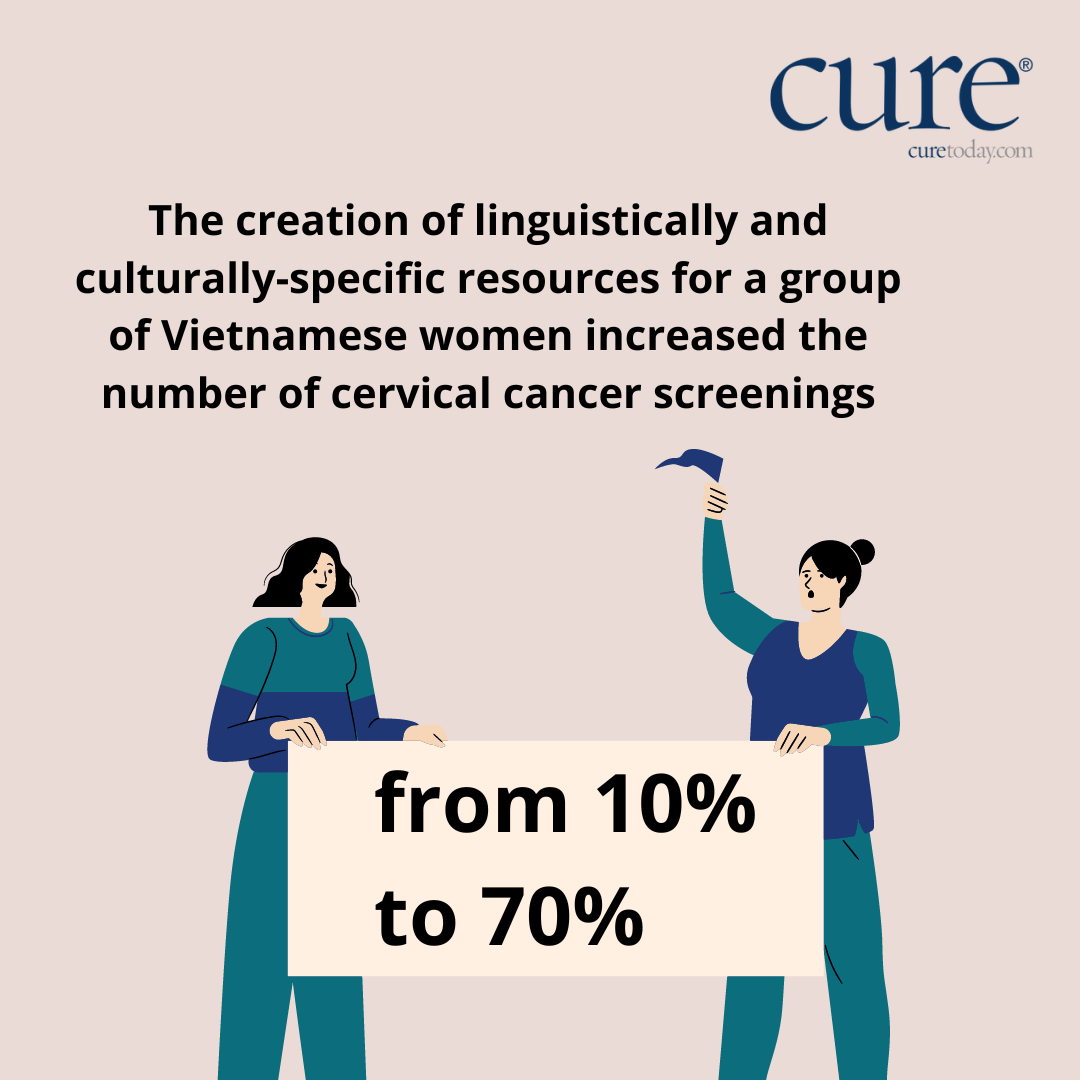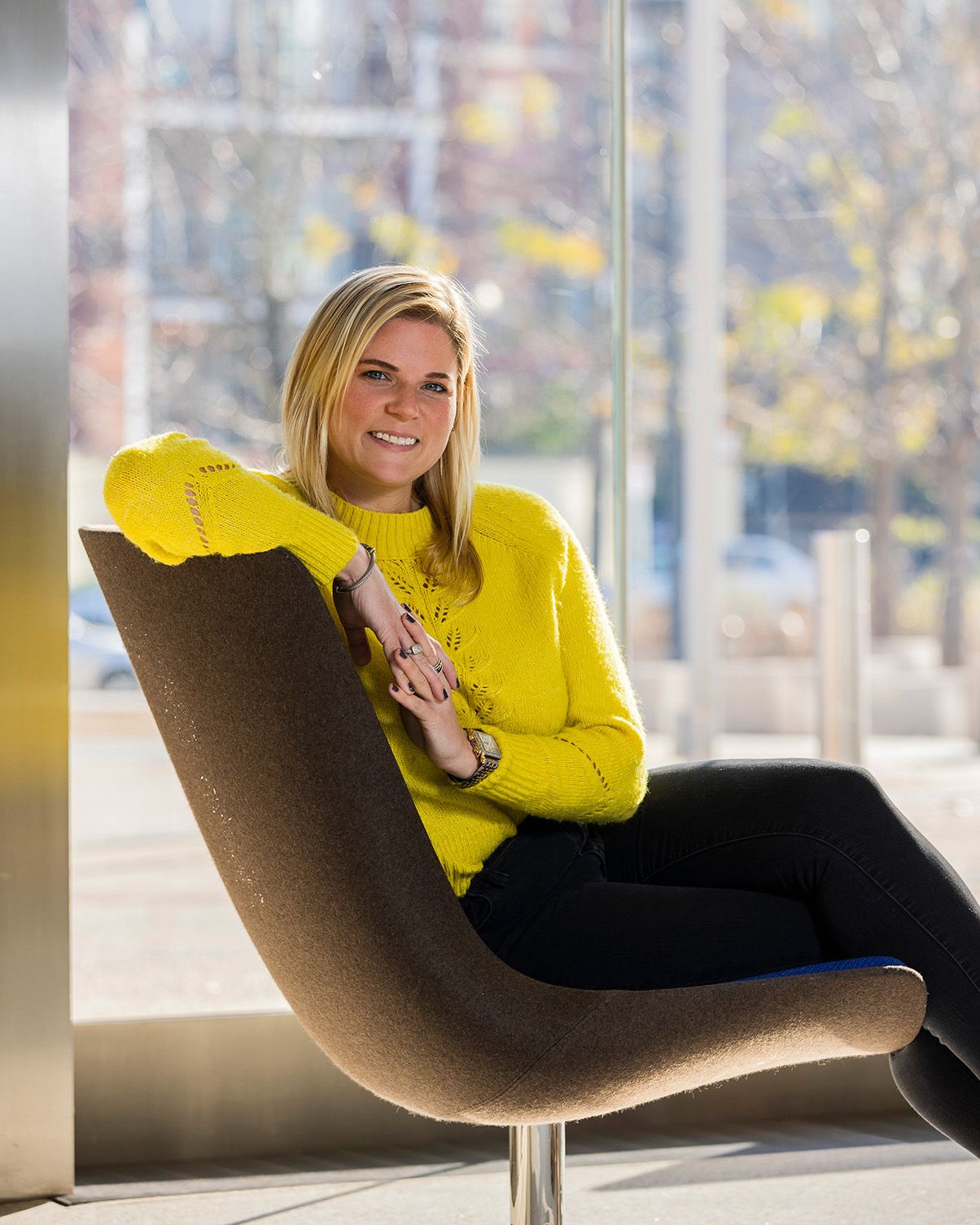Article
Asian American Women Need More Resources to Feel Empowered in Their Cancer Journeys, Experts Say
Author(s):
Culturally specific resources are needed to help fight against the stigmas Asian American cancer survivors and patients face, according to a group of experts.
From misinformation about preventive care to stigmas surrounding health care, Asian American cancer survivors and patients face unique problems that their doctors might not be prepared to help them with, according to a group of experts.
Asian women have the lowest cancer screening rates among all races, according to Chien-Chi Huang, founder and executive director for Asian Women for Health. This lack of screening is further highlighted by data from the Centers for Disease Control and Prevention that show cancer is the leading cause of death for Asian Americans.
The Fox Chase Cancer Center in Philadelphia recently started working with Vietnamese community-based organizations to create resources designed to reach out to this specific patient population. This practice, according to an expert, increased the percentage of Vietnamese women who underwent cervical cancer screening from 10% to 70%.

At the recent Getting Our Fair SHARE: 2022 Virtual Conference to End Health Disparities, a panel of experts spoke about the challenges that Asian American cancer survivors and patients face. Additionally, the panelists offered advice on how patients and doctors can work together to overcome them.
The Need for Specific Resources
A prevailing misconception about the Asian American community, according to moderator Janice Won, is that the public perceives it as a monolithic group, meaning that everyone is and should be treated the same.
But that is far from the case, according to Yousra Yusuf, a postdoctoral fellow at the NYU Center for the Study of Asian American Health.
“Asian Americans (are) comprised of people from more than 20 countries of origin, speaking over 50 languages,” she said.
Which is why, according to Carolyn Fang, each group would benefit greatly from having resources tailored to their specific cultural and linguistic needs.
Fang, the associate director for population science at Fox Chase Cancer Center in Philadelphia, provided a specific example on how to resolve this issue. She noted that the Fox Chase Cancer Center recently started working with Vietnamese community-based organizations to create resources designed to reach out to this specific patient population. This practice, according to Fang, increased the percentage of Vietnamese women who underwent cervical cancer screening from 10% to 70%.
Another emphasis, according to Huang, needs to be placed on finding and battling misinformation that can spread in specific communities. Huang explained that the community-based organization, Asian Women for Health, conducted focus groups in the Muslim community and found that many women were concerned that Pap smear tests would endanger their virginity. Armed with that information, they were able to ensure that health advocates had the proper tools to correct these misconceptions.
Overcoming Stigma Through Storytelling
The panelists stressed the important role patients can play by sharing their stories to destigmatize cancer recovery and build solidarity.
Huang spoke extensively about the different programs Asian Women for Health offers that can help patients feel less alone. For example, she described an eight-week program for cancer survivors called Achieving Health which, “provides a safe and supportive environment for Asian women to come together and support one another.” Huang also mentioned Celebrations, a fashion show where Asian cancer survivors can walk the runway and share their journey.
She also encouraged patients to share their stories via the “From Resilience to Radiance” podcast, in which Asian American women are interviewed about their cancer stories in hopes of inspiring other cancer survivors in similar situations.
More Data is Needed
Yusuf stressed the need for more quantitative research and data regarding Asian American cancer survivors.
“Stories are the first step to data,” she said. “Stories are the qualitative aspect and … through these stories, we can see the need for more data on our communities, in terms of research.”
For more news on cancer updates, research and education, don’t forget to subscribe to CURE®’s newsletters here.





